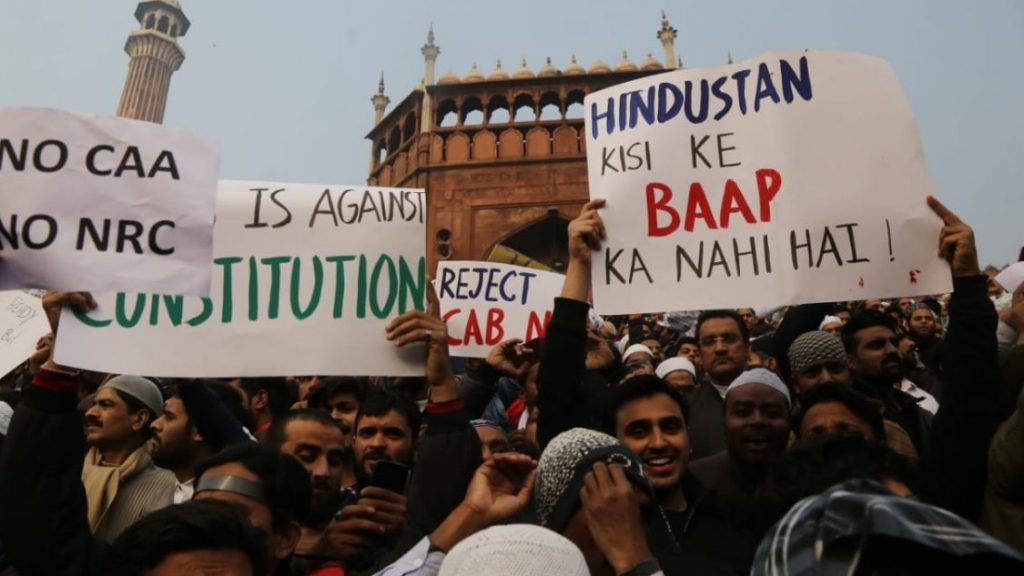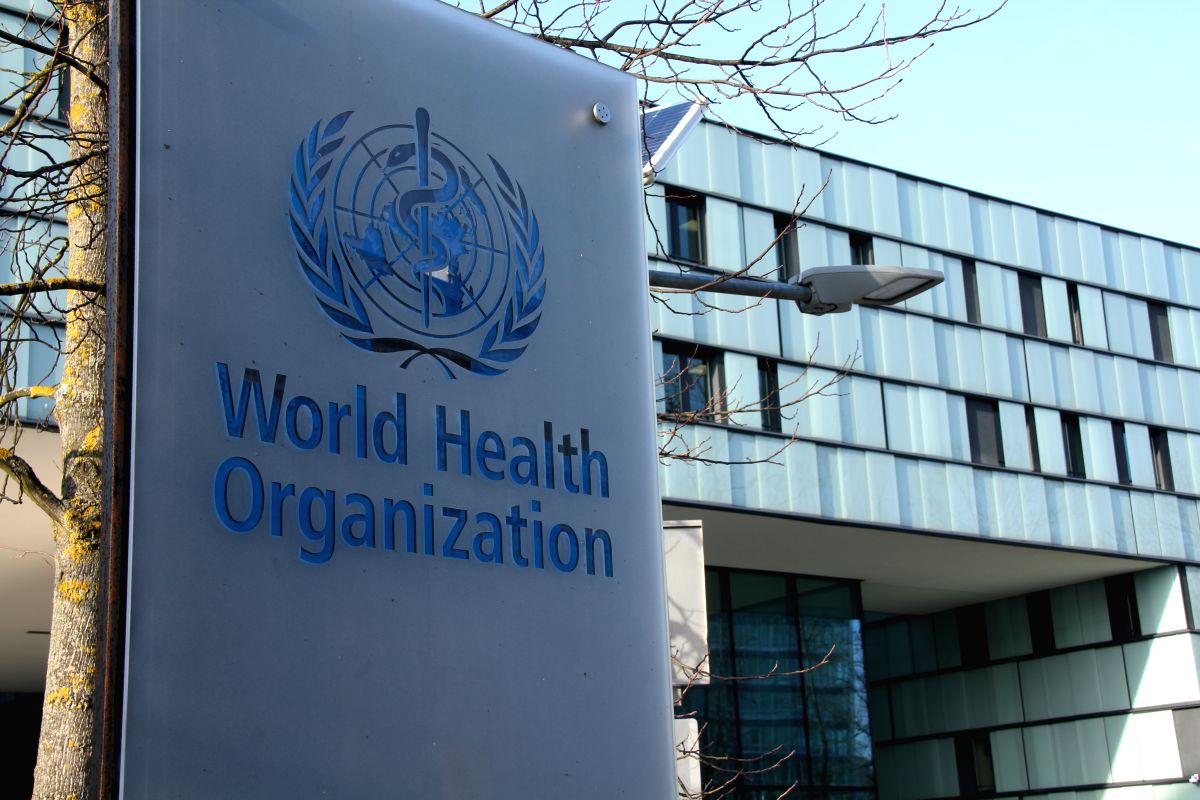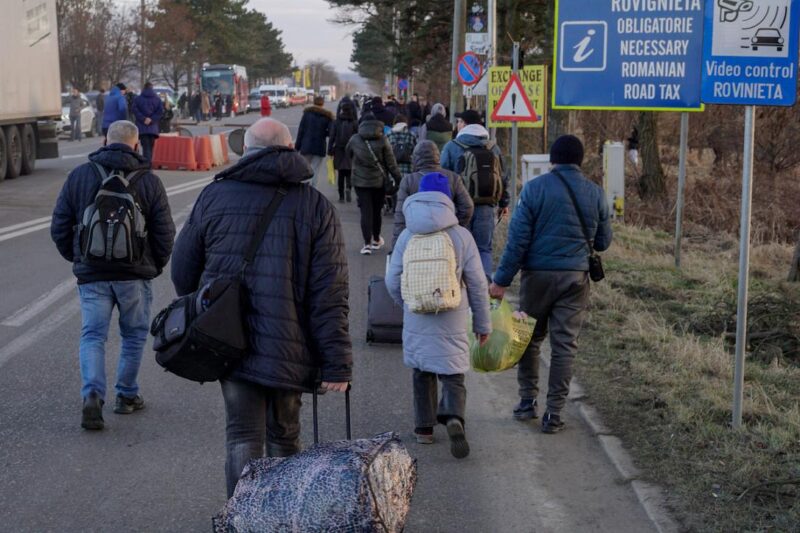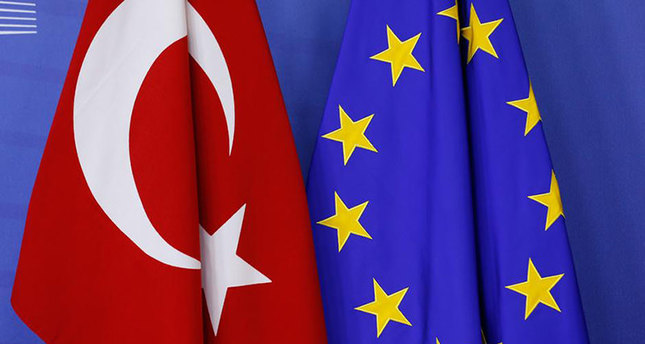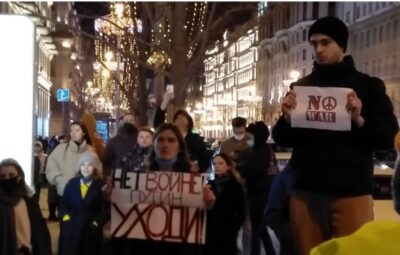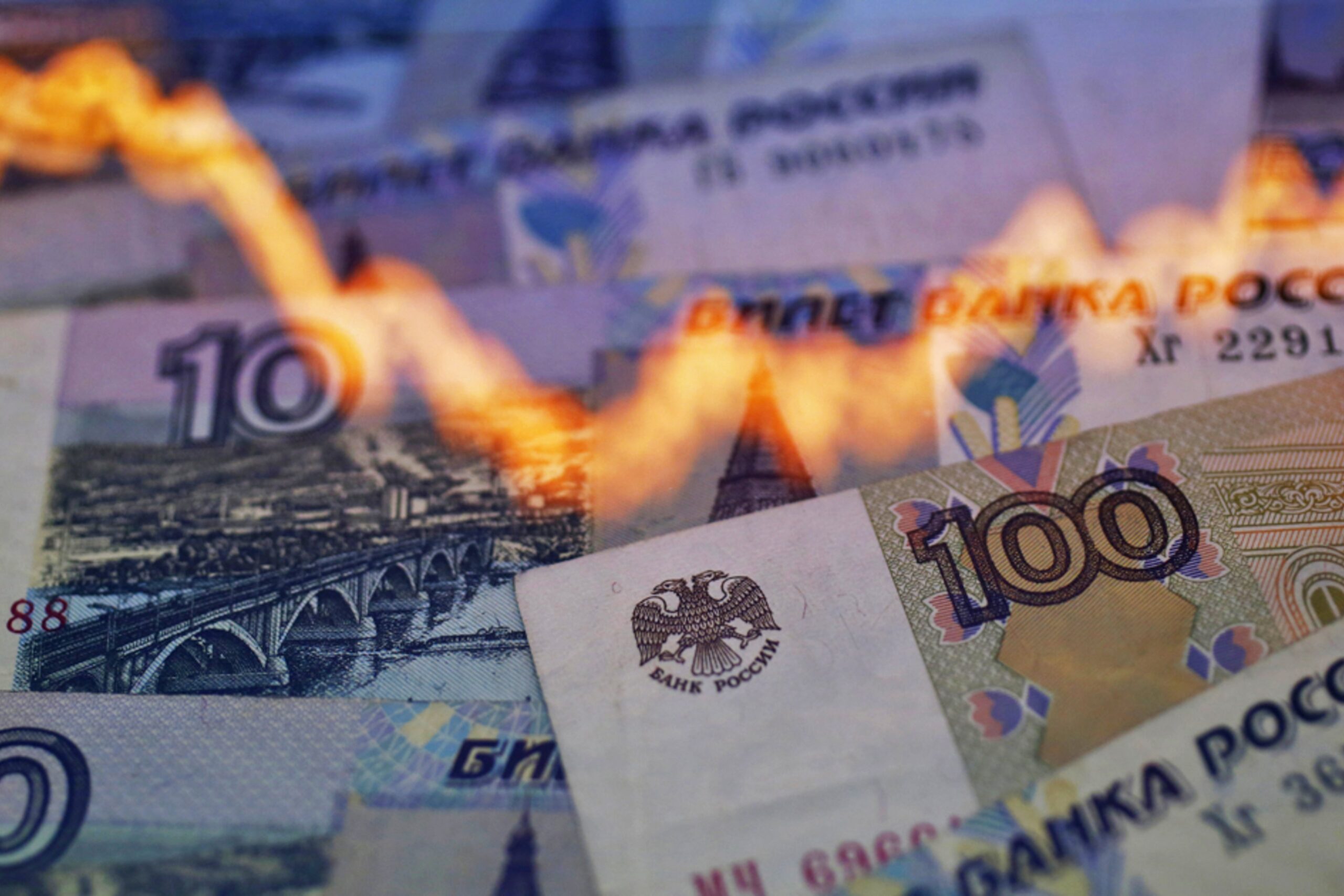The widespread and continuing public support for the protests against the CAA, the NRC and the NPR has ensured that the issue does not remain a concern of just the minority communities.
The unabated wave of nationwide protests against the Citizenship (Amendment) Act (CAA), the National Register of Citizens (NRC) and, more recently, the National Population Register has proven to be a most interesting turning point in India’s democracy. When the Bharatiya Janata Party (BJP)-led National Democratic Alliance government scored a political point by getting the Citizenship (Amendment) Bill passed smoothly, it had not anticipated what would follow. The opposition parties, too, were taken unawares by the deep ferment that had been building up against the legislation.
The protests initially were confined to the north-eastern States when the dubious connection between the CAA and the NRC began to unfold. The BJP tried to play it down as a minor hurdle, assuaging its north-eastern constituents, especially in Assam, that their concerns would be addressed in the legislation. The “minority-majority” binary that the BJP sought to create did not work. The Bill amending the Citizenship Act, 1955, was passed, despite the message that it was a highly socially divisive and sectarian one. But the game plan fell apart as protests spilled over from one State to the other, with widespread participation from all communities, including those that stood to benefit from the sectarian CAA. The CAA provides for the legalisation and naturalisation of citizenship of illegal migrants from Hindu, Christian, Jain, Parsi, Sikh and Buddhist communities who, as religious minorities, had fled persecution from three countries, namely, Pakistan, Afghanistan and Bangladesh. Apart from being openly sectarian and ultra vires of the Constitution vis-a-vis the core principle of equality of all persons, the Bill conveniently ignored the claims of many other refugees from other neighbouring countries who had made India their home.
In the normal course of things, once passed by Parliament, it was expected (or at least the BJP expected) that things would settle down. No political party was ready to launch a nationwide protest against the CAA. A few of the BJP’s allies had spoken out against the Bill but voted for it in Parliament.
In the fortnight that preceded the passage of the Bill, there were protests in universities across the country. The almost month-long protest against fee hikes in Jawaharlal Nehru University (JNU), Delhi, brought the students out on to the streets when the Parliament session was on. Students were lathi-charged and detained. Similarly, ad hoc teachers in the University of Delhi had taken to the streets demanding regular permanent appointments. The protest against the government’s higher education policies drew widespread support from across the student community. It grew as the government remained obdurate and indifferent and issued two advisories to news channels within a span of 10 days not to broadcast material that was likely to instigate violence or promote anti-national activities.
Less than a week after the passage of the Bill, students of Jamia Millia Islamia in Delhi took out two peaceful protests, on December 13 and 15. On both occasions they were forced to disperse; the first time, they were lathi-charged by the police. On December 15, a Sunday, there was a larger gathering and the crackdown was violent. The police beat up protesters, including women students, entered the campus, vandalised it and beat up students inside the library, causing grievous injuries (a student lost vision in one eye). The government made it clear that it was not going to tolerate any opposition. The images of the assault in Jamia Millia Islamia and the entry of the police into a university campus sent shock waves across the country. People began to speak up. Actors, some of them alumni of universities in Delhi, took positions openly on what happened in Jamia. This had its repercussions as well. Sushant Singh, a popular Mumbai-based actor, was dropped from a television show after he criticised the police excesses on the students.
But there was more to follow. The Uttar Pradesh Police went on an overdrive, preventing students in Aligarh Muslim University from coming out and protesting on the road. The State government imposed Section 144. In fact, Section 144 was imposed indiscriminately in most BJP-ruled States and in the national capital to prevent people from protesting. The Gujarat government imposed Section 144 throughout the State from December 20 until January 2020.
But there was no stopping the public. Students, including those from elite universities, management schools and the Indian Institutes of Technology, came out in support of the protests and against the CAA. The message was loud and clear: discrimination would not be tolerated and the right to protest peacefully in democratic India was sacrosanct. The attempts by the government to portray the protests as being politically motivated and led by “upadravi” (a term for “nuisance makers” employed by sections of the Hindi television media) elements did not find any takers. The narrative of destruction of public property during the protests on December 15 was countered with images of the police indulging in wanton destruction of university property in Jamia.
Galvanised by the spirit of the youth, the middle and upper-middle classes joined the protests in all the major cities, shouting slogans and holding placards that spoke of communal amity. For many, this was a new experience but an important means to convey their displeasure with the government. Lawyers, teachers, other professionals, students, homemakers, all joined in. In Delhi, people asked each other: “Where is the protest tomorrow?” For almost a fortnight, the protests have continued against the CAA and the NRC and the police excesses. Many students were detained and denied treatment after the police crackdown in Jamia on December 15. On the same night, students from other universities reached the police headquarters in central Delhi and began an all-night sit-in, braving the cold. They were joined by their teachers, members of the public and journalists, who were seen reporting until the early hours of the next morning.
The next round of protests that took place in the capital in the Old Delhi area was peaceful, with slogans of peace and amity being raised all day long and people holding up posters with images of Mahatma Gandhi, B.R. Ambedkar, Bhagat Singh, Ram Prasad Bismil, Ashfaqulla Khan and Chandrashekhar Azad. By late evening, the police resorted to lathi charge and tear-gassing as the protesters moved towards Mandi House. As many as 40 persons, including minors, some of whom had not been part of the protest, were picked up and detained. Support poured in from all quarters for the detained, with lawyers going to the police stations where the detainees were kept. The government’s attempts to caricature the protests as led by unruly elements were exposed when lakhs of people came out on the streets to protest in a non-violent manner in Mumbai, Aurangabad, Bengaluru, Jaipur and Chennai. The bandh called by the Rashtriya Janata Dal in Bihar on December 21 was successful.
Defying Section 144
The attempts by BJP-led governments to foil the protests by imposing Section 144 or by issuing advisories to the media did not work. People defied Section 144 and reached the designated places of protest peacefully. In Delhi, protests were largely held at Jantar Mantar and India Gate. Young students and professionals squatted on the road, singing songs of the revolutionary poet Faiz Ahmed Faiz. Students wrote poetry on the roads with chalk. After the midnight protest at ITO, the words “We were here” were scribbled in chalk in bold letters on the tar road. A placard that was observed in many protests read: “Jab Hindu Muslim raazi, to kya karega Nazi?” (What can the Nazi do when Hindus and Muslims unite?). This was a direct reference to the divisive politics of fascism.
It was not just a Muslim issue any more; all communities and sections were joining in what they felt was a defence of secular India. The word “hum” (us) means Hindu and Mussalman, pointed out a young student. A clutch of apolitical young professionals who were seen joining every protest said that they were there because they were disturbed by what was happening in the country. “Our parents do not like the idea of us being here. But as young girls, we feel that all this has an impact on our lives as citizens. It’s unjust to treat a section of our population like this,” said Shobhna, a young legal counsellor.
Cries of “Hindu, Muslim, Sikh, Isai, aapas mein hai bhai bhai” (“Hindu, Muslim, Sikh, Christian, we are one fraternity”) resonated in the air. This was a long-forgotten slogan, popularised in Hindi cinema for some decades post-Independence. Its resurrection in the present context was significant. The slogan of “Azaadi”, for which false charges of sedition had been slapped on JNU students some years ago, rent the air once again. “Azaadi from Faasiwaad [fascism]”, “Hum kaagaz nahi dikhayenge; hum samvidhan bachayenge” (“We won’t show the papers; we will save the Constitution”) was the slogan in all the protests, both in India and abroad. There were no political party flags at any of the people’s protests. Youngsters rattled off portions from the CAA to the media, quoted from Articles 14, 15 and 21 of the Constitution with aplomb and spoke of how the government was passing divisive Bills while ignoring pressing issues of employment, price rise, and so on. “Political parties are marking their presence in the protests, but it is the youths of this country who are leading the protests and showing the way,” remarked Hannan Mollah, former Lok Sabha member and secretary of the All India Kisan Sabha.
On December 19, celebrated as the martyrdom day of the freedom fighters Ram Prasad Bismil and Ashfaqulla Khan, the Left parties gave a call for a peaceful march from Mandi House to Parliament. The police rounded up the protesters even before the march could begin. They manhandled young men and women and bundled them into buses. Left leaders such as Sitaram Yechury, Brinda Karat, D. Raja, Annie Raja and several others were not allowed to protest and were detained by the police. Section 144 was clamped around Mandi House to ensure the smooth flow of traffic. People walked towards Jantar Mantar in twos and threes (an assembly of four would have invited violation of Section 144), and within hours, hundreds of people had reached the new venue of protest.
Nearly 1,000 academics across the country issued a letter pointing out the infirmities in the CAA. In Kerala, even as the Communist Party of India (Marxist) and the Congress came together to take on the BJP against the CAA, support poured in from the film industry and the spheres of literature and culture. Actors who took a position against the CAA included Mammootty, Parvathy, Prithviraj, Indrajith, Rima Kallingal, Jayasurya, Kunchako Boban, Dulquer Salmaan and Tovino Thomas. Zakariya Mohammed, whose film Sudani from Nigeria won the National Award for the best Malayalam film in 2019, announced that he would boycott the awards function. The actor Rima Kallingal wrote on her Facebook page: “Do not divide a peaceful nation on grounds of religion.”
In Kochi, two long marches were taken out, led by hundreds of cultural and social activists who included popular film stars. “Ottakalla ottakkettu” (not alone but united) was the rallying slogan. The award-winning writers N.S. Madhavan, Anwar Ali, Unni R., S. Hareesh; the cinematographers and directors Venu, Kamal, Rajeev Ravi and Ashiq Abu; the actor-directors Geetu Mohandas and Dileesh Pothan; and the actors Shane Nigam, Manikandan and Nimisha Sajayan also participated. In Mumbai, the directors and popular actors Parineeti Chopra, Anurag Kashyap, Richa Chaddha, Sayani Gupta, Huma Qureshi, Pulkit Samrat, Manoj Bajpai, Swara Bhasker and Zeeshan Ayub were openly critical of the CAA and the police crackdown on students. The actor Sonakshi Sinha posted an image of the Preamble to the Constitution on social media. The actor Alia Bhatt posted, “Learn from the students”, while Dia Mirza wrote: “I stand in solidarity with the students of India.” Varun Dhawan posted an image with the words “Christians, Sikhs, Hindus, Muslims, India”. Other film personalities to voice their support for the protests included Farhan Akhtar, Rahul Dholakia, Alankrita Srivastava, Anubhav Sinha, Danish Aslam, Konkana Sen Sharma, Sandhya Mridul, Mahesh Bhatt, Pooja Bhatt and Soni Razdan. The actor Renuka Shahane tweeted, addressing the Prime Minister: “The real tukde tukde gang is your IT Cell sir… please stop them from spreading hate.” Many wondered, though, why the actor Shah Rukh Khan, an alumni of the Mass Communication Research Centre, Jamia, remained silent.
Protests overseas
Criticism of the CAA poured in from universities overseas, in the cities of London, New York and Berlin, where groups of students and young professionals braved intense cold and rain to speak out against the fissiparous legislation and in defence of the right to protest peacefully.
Leaders of other minority denominations spoke out against the divisive CAA. Prominent among them were the National Council of Churches in India (NCCI) and the Evangelical Fellowship of India (EFI). The NCCI said that the Act polarised communities and contravened the fundamental principles of the Constitution. The EFI expressed concern at the “terrifying impact” of the amendments that threatened to radically change the status of a large number of Indian citizens. In a strongly worded statement, the EFI said: “The breaking of covenants that the Constitution and founding fathers of the nation had made with the people began with Kashmir, took the course of the NRC and the Citizens Amendment Bill (CAB), and now we have the threats to do away with the two seats reserved for Anglo-Indians in Parliament and Legislative Assemblies.” Apart from the Christian minority organisations, the Shiromani Akali Dal, which had supported the Bill in Parliament, had already spoken out against the CAA and the NRC.
The wide public support for the protests against the CAA and the NRC ensured that the issue did not remain one that concerned the minority communities alone. Despite efforts to colour it as a “Muslim” issue, the protests have been anything but that. Pro-CAA gatherings were also held where some openly threatened violence against those who were opposed to it.
The crackdown by the police in the form of arrests, shootings, midnight searches has continued unabated, especially in Uttar Pradesh and in minority-concentrated areas in Delhi. But this time, despite the Internet shutdowns, people have been more vigilant about reporting such excesses. The tyranny of the majority is being questioned.
Source: https://frontline.thehindu.com/cover-story/article30431601.ece

